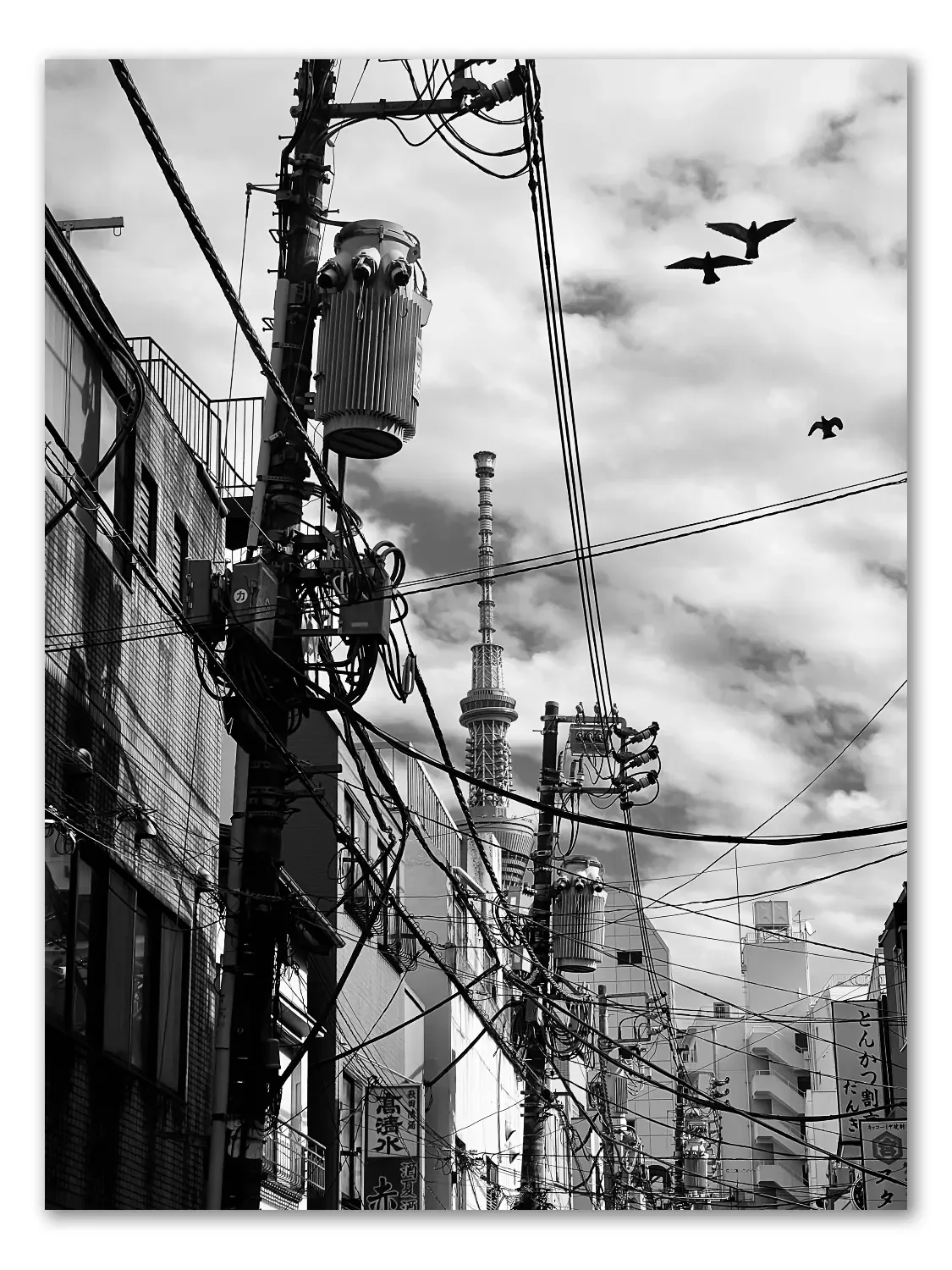The Asakusa-Kappabashi-Ueno Street Photo Walk
The Tokyo Photo Walk
One of the best activities in Tokyo is taking a walk. The neighbourhoods surrounding the most famous areas: Shinjuku, Shibuya, Ueno, or Asakusa, are where the real Tokyo lies. The only way to experience this is by walking through them. Without a route, just a starting and a destination point.
The endless back streets with mom and pop shops, hidden temples and shrines, and curious locals eager to chat if only slightly engaged. This is the experience everyone desires in Japan, but thankfully, so few actually venture there. I call these locations home.
Recently, I took my nine-year-old son on this walk. I knew it would be too much for him, but I hoped he would conquer it. He carried a Fuji 100V camera. It is his first time taking pictures with a camera that is not a phone. I put all the settings on auto and asked him to take photos of anything he liked.
He jumped in with both feet. He shot hundreds of images over the course of our four-hour walk. At first, he shot still life, beer cans, graffiti, and various textures. Soon, he began to capture people, first in reflection and then straight on. He was fearless in his approach. I was proud.
Okachimachi
We started our day in Okachimachi, which is the back end of Ueno’s Ameyokocho Market. I always start here; the light on a sunny morning is fantastic. It is bright and contrasty, with strong highlights and deep shadows, as well as bright colours and faded stalls. Gentrification is losing the battle on this front, which is wonderful to photograph.
My son, Hugo, went straight for the graffiti, followed by the grit and grime-soaked areas of the market. He walked up and down every dark alley seeking out new photo opportunities. This lasted for about one hour. The wonderful smells of the food stalls grabbed his attention. Try the food.
Kappabashi
After lunch, we headed toward Kappabashi Street. It is easy enough to describe, but must really be experienced to be fully appreciated.
Kappabashi Street (かっぱ橋道具街, Kappabashi Dōgugai) is a shopping street situated between Ueno and Asakusa. It features dozens of stores that provide everything restaurant operators need, excluding fresh food. Visitors can explore specialized shops selling dishes, pots, pans, cooking utensils, stoves, tables, chairs, signs, lanterns, and more. Additionally, a few stores offer plastic and wax food samples, which many restaurants use for their display windows.
There are several blocks of this, featuring a diverse range of people from all walks of life. Everyone is there to shop and has little care for the street photographer snapping their pictures.
A few blocks from here is the Sensoji, one of the most popular locations in all of Tokyo.
Asakusa
Sensoji is located in Asakusa. This area is rich in history and is a great place to walk around. The main area of the temple is crazy busy with tourists. Certain locations here offer an excellent opportunity for capturing stunning images. It comes at the cost of exhaustion. Navigating through all those people is overwhelming to the senses. The real prize is the outer streets and alleys surrounding the temple.
The further from the temple, the more the locals are present. There is a charming sense of anticipation in the air. The great Sensoji is just a few blocks away. Bright streaks of light penetrate the covered shopping arcade here and there. Tourists, locals, authenticity, and the gentrified intermingle on these outlier streets.
We ventured up and down each alleyway looking for cool subjects to capture. Hugo found countless views of the famous Tokyo Skytree between buildings. We stopped for coffee and a soda to review the images we had already shot. After a venture into the temple area, we headed home. It was a great day.
As always, I would love to hear your story in the comments below. If you feel so inclined, share a coffee with me. I am a flat white kind of guy. Happy shooting, everyone.

